
Meandering about with the focus.
To be really honest, I don’t know what I’m doing anymore. I feel like I’m still thinking about nature in this extremely broad concept and the words ‘cultural perspective’ and ‘nature’ are bouncing around in my head like the logo on a TV screen.
None of the readings I’m doing are giving me a bingo moment, which means I am doing the wrong readings, or I am just not examining anything through the correct lens.
Postcolionial ecocriticism
I spent some time this week looking at readings about postcolonial ecocriticism because I was interested in how colonisation in South India or Bangalore specifically impacted how we define nature. Postcolionial in this context refers to the historical condition of intensified and sustained exploitation of the majority of humans in former colonies, like India!
I learnt about farmers in villages killing themselves by drinking pesticides and artificial fertilisers as a response to how sustainable methods of farming have been overtaken by western capitalism-centric farming (more produce, more outcome, more everything).

I also read about the impact of Indigo farming and how much pressure it put on local farmlands in order to meet the demand for the blue dye indigo produced. Indigo is representative of many of the hardships suffered by my ancestors during the colonial period, stripping them of their agency over the land and forcing upon them inorganic and harmful chemicals that ruined the soil and prevented cyclical growth of crops. Indigo blue is very distinct and I wondered if using that as a motif could take me anywhere.
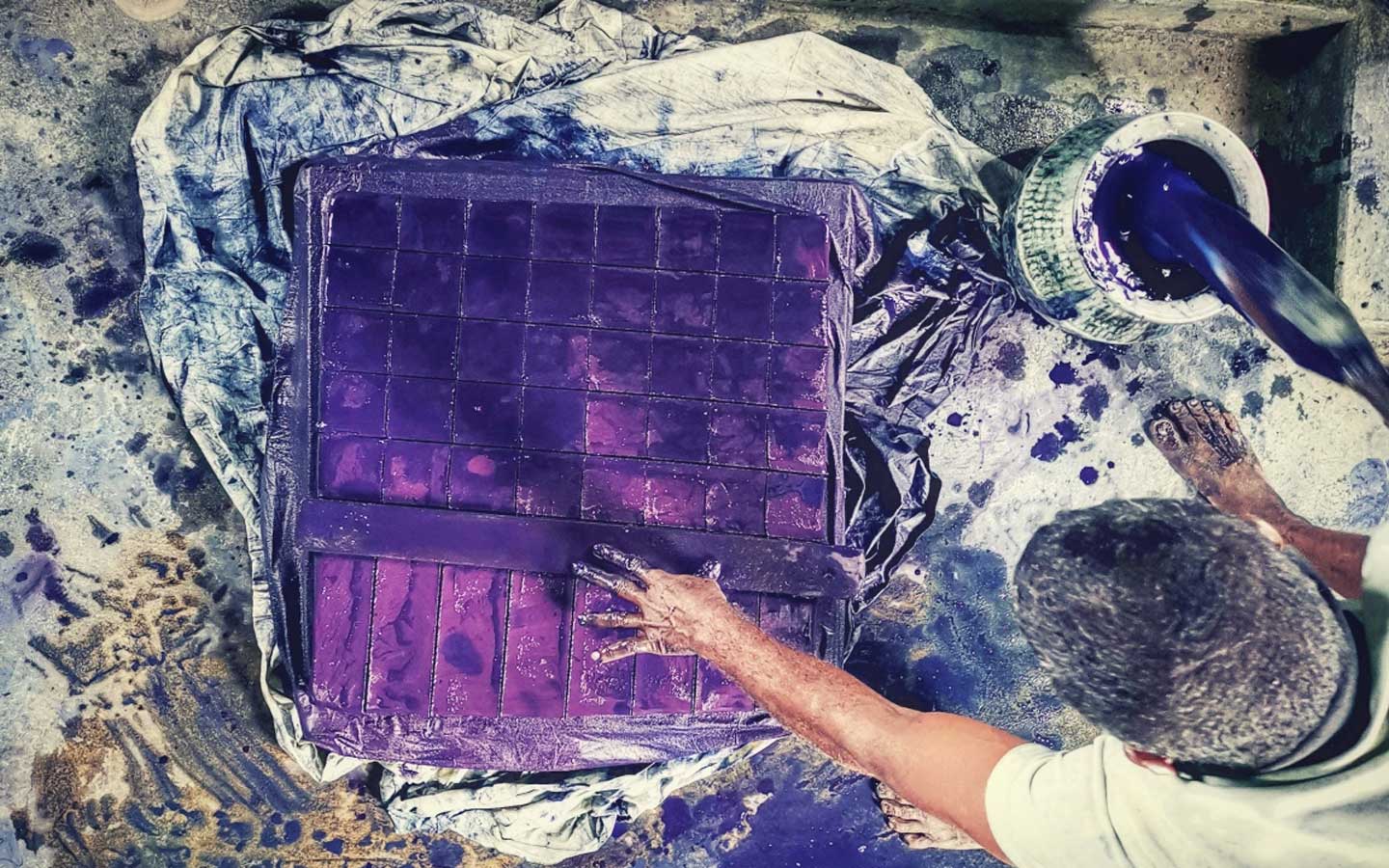
I guess if I were to pursue this line of inquiry, I would benefit from conducting interviews of people directly affected by Indigo farming, or people who now sustainably use local methods of growing Indigo ?
But that’s the thing: do I have access to these very specific, rural communities at the moment? No. Am I willing to do the legwork to get to these communities? Maybe not. And also, how does farming and agriculture organically arrive at interfacing plants? Do people from rural settlements even care? This was interesting to me in the first place due to the symbolism of Indigo itself, but maybe time to move on.
Instead, I strove to find something that felt direct to me, something that came much more naturally and made more sense in terms of the current line of research.
Bengaluru as a point of focus

I grew up in Bengaluru, a city once known popularly in India as the ‘Garden City’. Every road was lined with bushes, plants and huge gulmohar or banyan tree canopies provided shade. It was known as a peaceful, calmer city, a retreat when compared to Mumbai or Chennai or Kolkata. However, in roughly the early 2000s it saw a ton of development as huge MNCs started setting up bases there and more followed. A whole new area called ‘Electronics City’ was built, too! Tech Parks (collections of offices) and malls started replacing previous smaller establishments, which was cool and a novelty to me growing up. In hindsight, it kind of sucked, because as rapid development hit Bengaluru, some of the culture faded away. Trees that adorned streets were cut down in favour of widening roads, which led to more cars on the road, which led to more traffic, which led to more widening roads, and you get the idea.
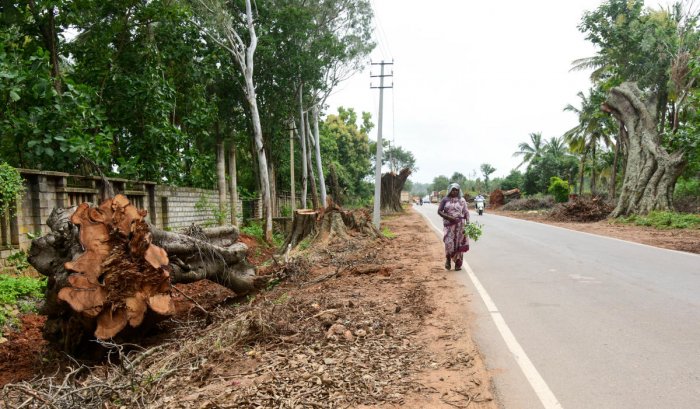
So, at this moment, maybe I have a better position to start off with: by focusing on Bengaluru or building around/for the city that I grew up in!
It was at this stage that I wrote a draft of my RPO, which I first mind-mapped in Miro to better visualise every specific point, subpoint and reference, which I felt I was losing track of in the Word document. Here’s the link, please visit!
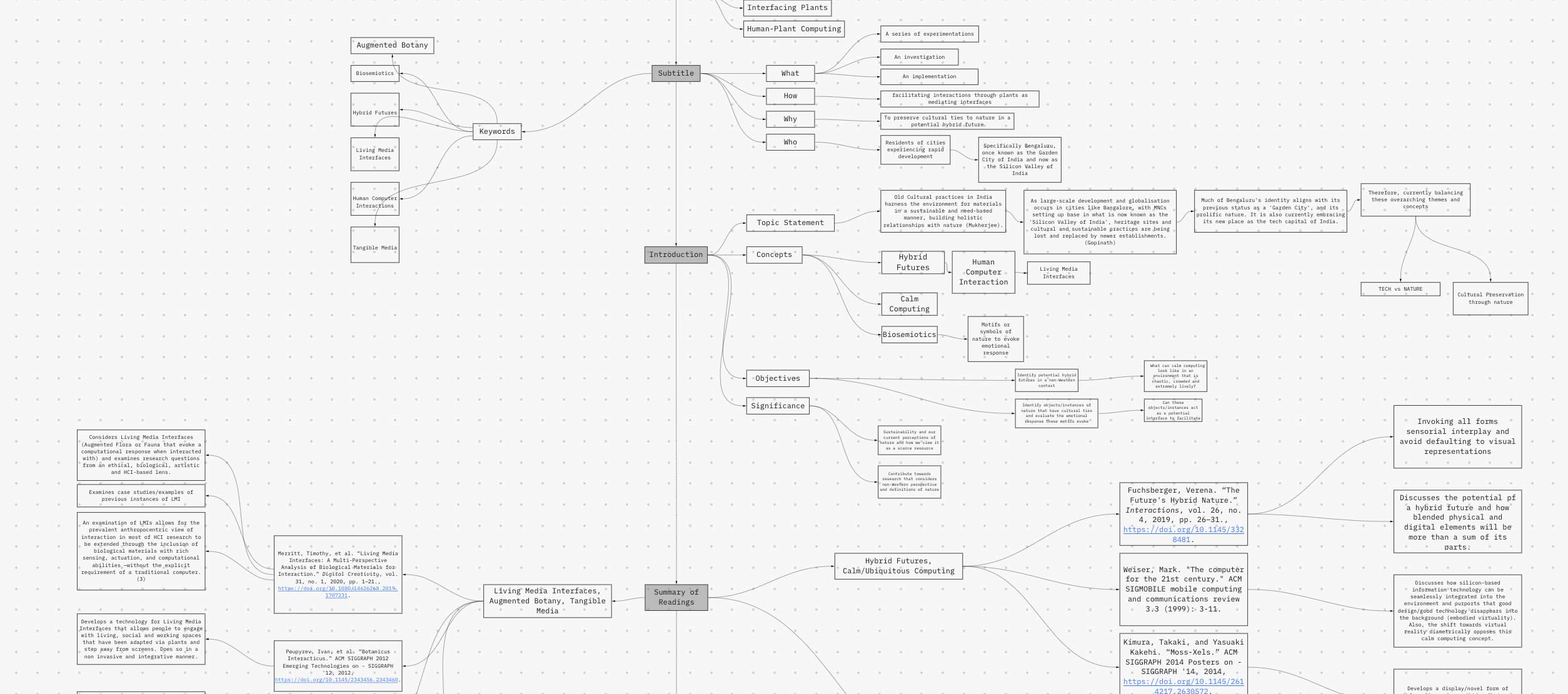
Making + (possibly) murdering a plant.
So this week I (attempted) to begin two experiments with plant-related interfaces.
I read about MOSS Xcels last week, a project that uses displays fitted with appearance-changing moss to seamlessly fit in in an environment or enhance urban settings.
One of the limitations I found was that it was temporally restricted: the change between wet and dry would take around 40-60 minutes, which is hardly perceptible to any passerby or human. What if I considered another plant?
Touch-Me-Nots came to mind, or Mimosa Pudica. As a child, I would find clusters of these plants everywhere in my local neighbourhood and revel in touching them to see their leaves retract immediately. They are super invasive, though, and are technically weeds, so the gardeners could come and pluck them out. As a starting point, because Mimosas (the plant, not the drink) provide immediate reactions one way, could they work as a potential interface?
Time to get my hands on a plant and study its material characteristics. I am somewhat of a miser and also impatient so instead of finding a domesticated Mimosa plant or growing it from seeds, I decided to do the more unethical thing and steal it from the field in front of LASALLE! Here is some photographical evidence:

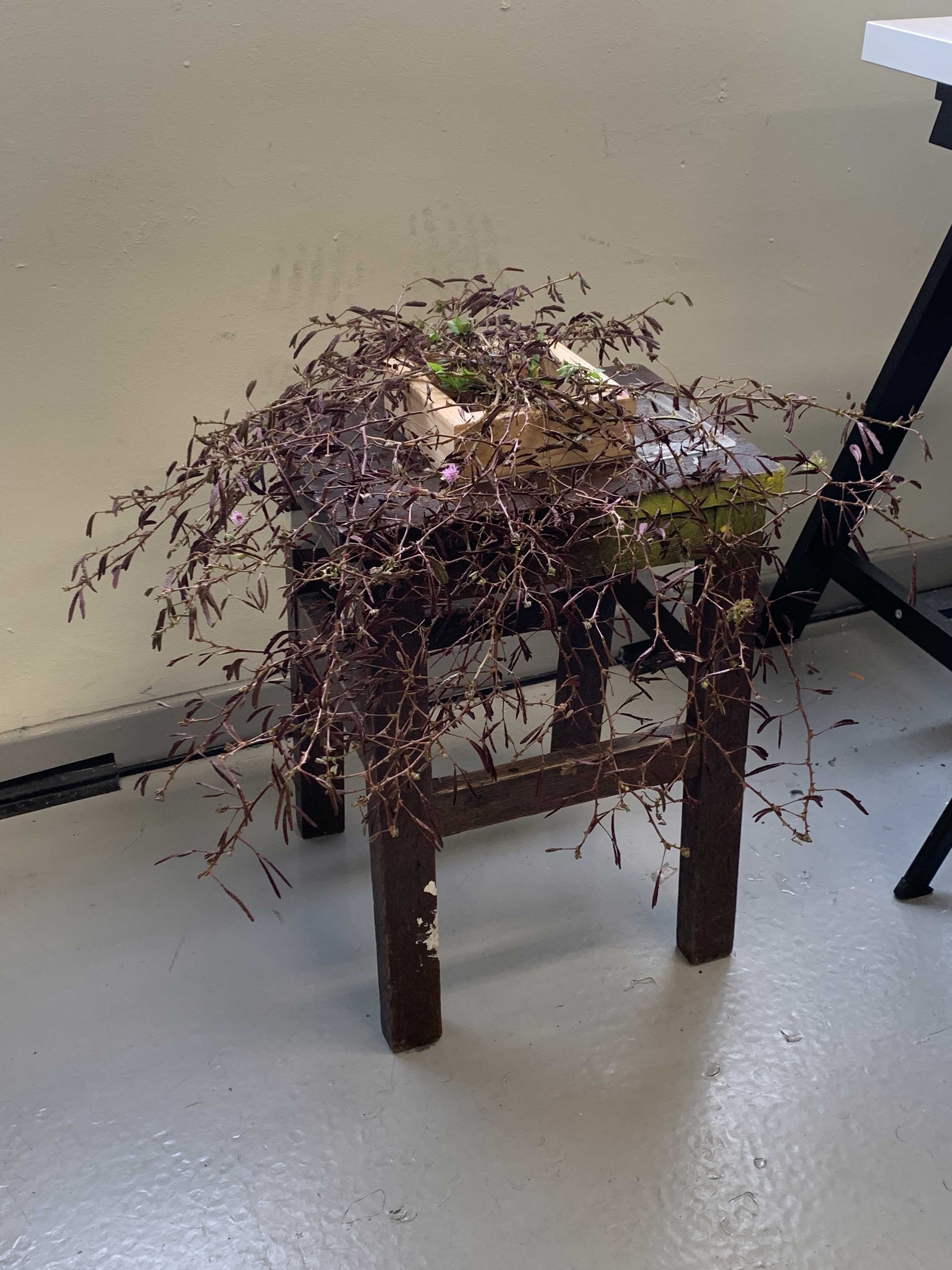
I must admit, I did little to no preparation or scientific research about the plants before deciding to wrangle one from the LASALLE field. For instance, I did not know that Mimosa plants have very thorny stems! They grow very radially as well, with very firm roots, so uprooting them proved to be somewhat of a challenge. The plants are extremely defensive.
As soon as I managed to uproot one, the leaves shut close, turned dark red or brown, and refused to open even after an hour. I tried soaking the roots in water to no avail, and bought new loamy soil to plant it in. Still dead! My entire project was about reconnecting with nature and now I just went and murdered a plant.
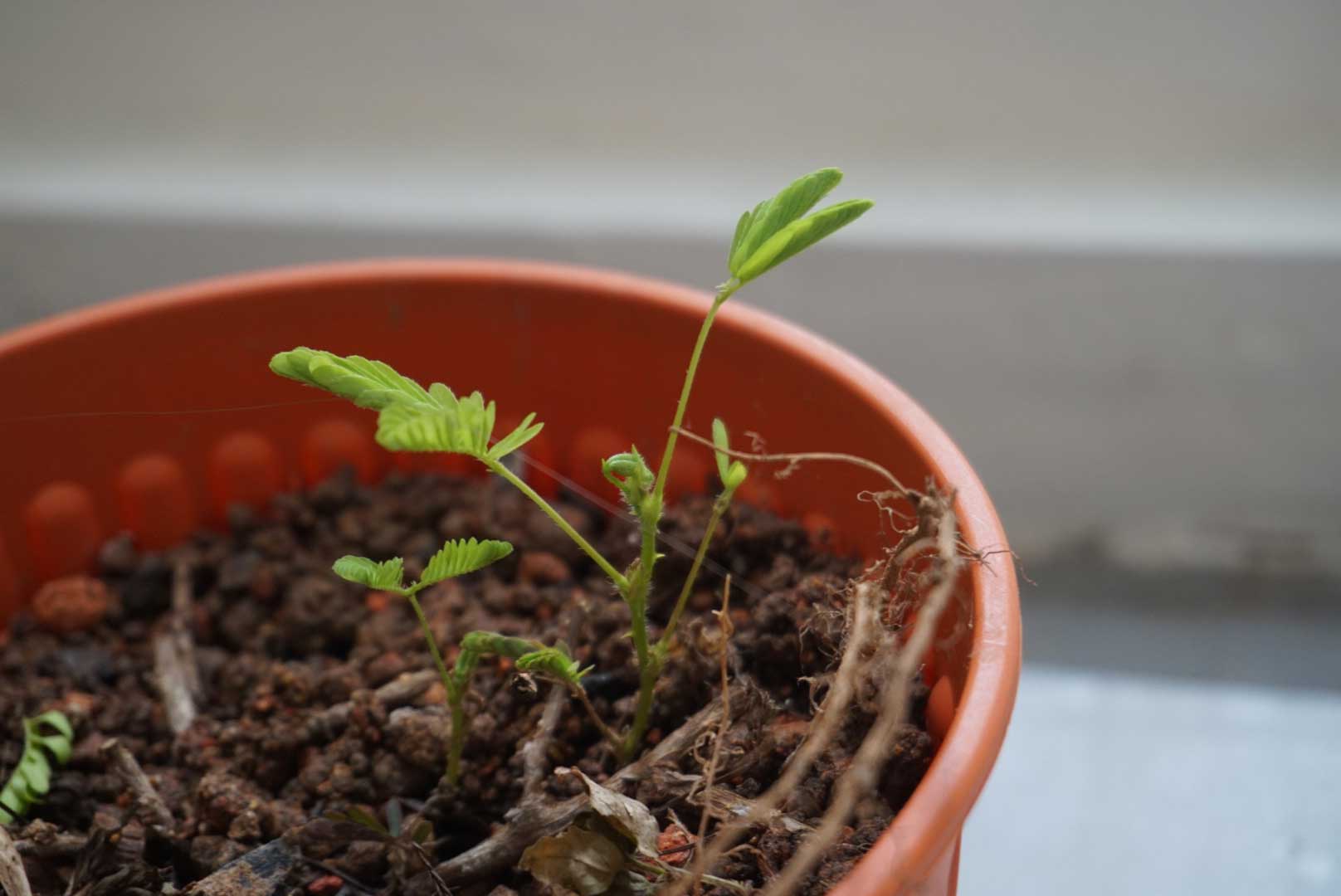
However, I came back to school the next day and I found a small green leaf greeting me! So while I killed most of the plant, a bit survived, so I cut off the dead branches and hoped for the best. Gonna leave this in the corridor for a while so it can recover from the turmoil I just put it through.
While I can’t experiment with the Mimosa plant just yet, I can somewhat ideate. Was wondering if I could create an interactive object with the Mimosa and place sensors underneath that could perceive change in state.
I think something interesting about what the Mimosa can communicate is that it exists in two states, [ 0 ] or [ 1 ], closed or open, false or true. Maybe there isn't much space for creating a range or setting thresholds, but the concept of [ 0 ] and [ 1 ] is simple in enough to start with.

Learning about capacitive sensors.
I also returned to Frankie (short for Frankenstein) the Monstera plant that I worked with earlier. I was having trouble getting my touch mechanism to work, but Andreas told me to not overthink or over complicate methods and processes, and it was as easy as sticking the wire into the soil to evoke a numerical output when I touched it. In essence, don’t use a human to complete the circuit, but rather, detect his or her resistance instead.
At first, I didn’t fully understand this because I couldn’t recall details in high school physics about resistance. The write Andreas gave me was soldered onto a 1M resistor, which went into two pins in the Arduino. How did this work?

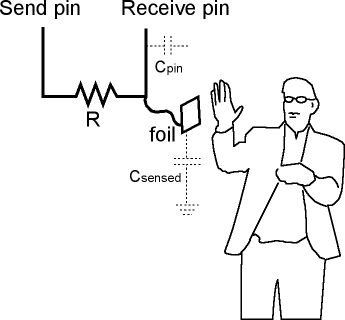
After some handy googling, I realised that this was basically a capacitive sensor and studied up a bit on the mechanisms (using this reference by Paul Badger). I could use Arduino’s CapacativeSense library and include it in the C++ code that I push to the Arduino itself. For starters, I just used the sample threshold code given within that resource, but I understand it thoroughly and later will attempt to code from scratch. Thanks, Paul Badger!
With this sorted out, I was able to elicit a numerical response when I touched the exposed end of the wire, and even a lesser number when I stuck the wire into Frankie’s soil and touched her leaves.
Something interesting was also that when I touched my laptop as well, the capacative sensor would still activate and provide me with a reading. Makes sense, since my laptop is metal and also conductive. But is there a way to prevent this?
During class, we were paired up in twos to discuss our projects. I was with Rachel, who is working on creating generative visual systems to create representations of every individual's personality. I enjoyed hearing from her about her research and realised that at this point, I could also benefit from visually representing the numerical data I was recieving, rather than just sticking to numbers on a screen as I was.
Andreas’s suggestions were to keep in mind or later consider what the dialogue/narrative is, and contextualise it a bit more. He also directed me towards Calm computing or Ubiquitous computing, a concept developed by Mark Weiser, which I think can be really relevant for my dissertation as well.